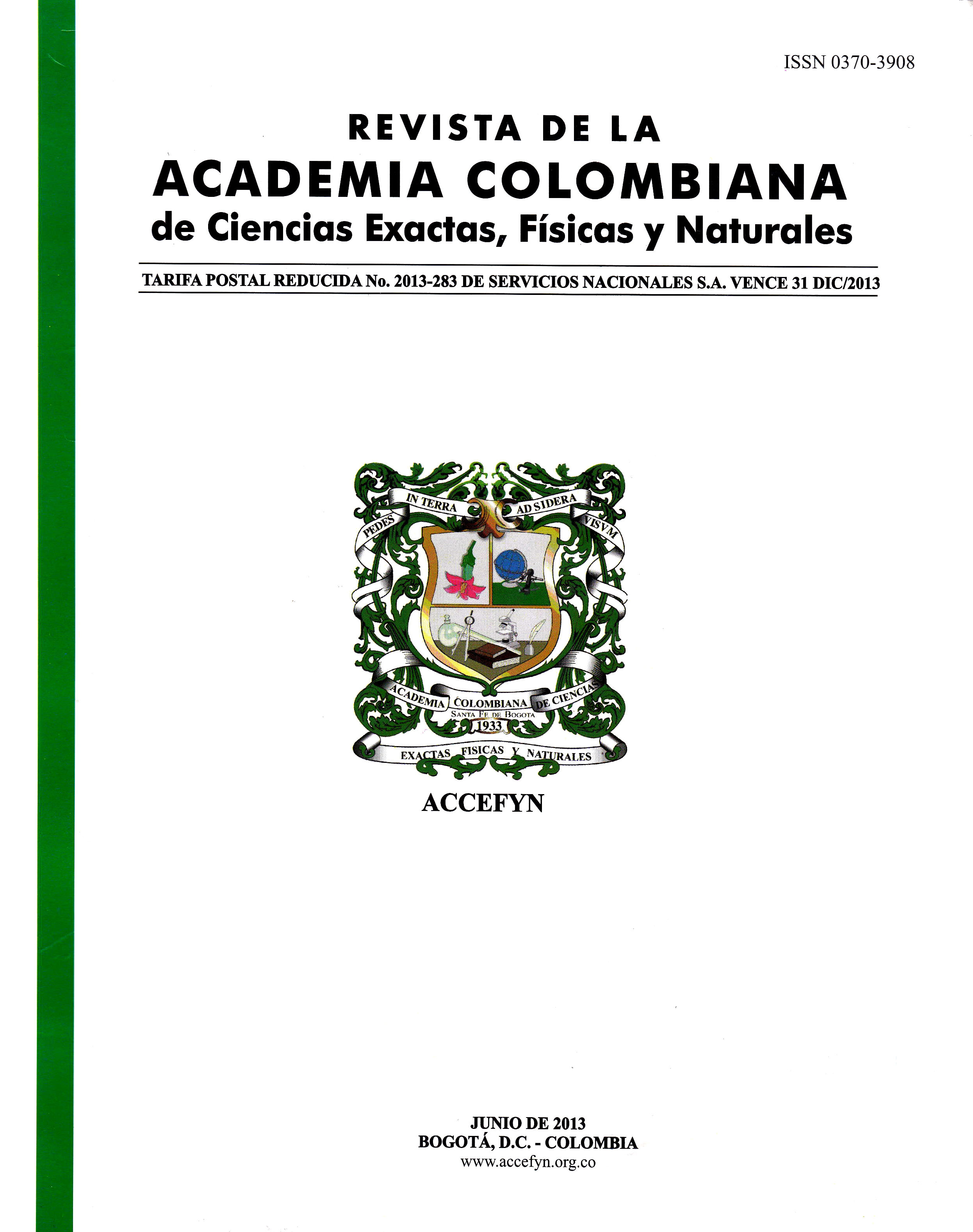Resumen
Se realizó una serie de experimentos en caída de dardo (impacto) con el objeto de cuantificar la capacidad de absorción de energía, antes de producirse un fallo por fractura, de un conjunto de espumas con base poliolefina. Se determinó la resistencia a la fractura s máx, la tenacidad y las curvas de amortiguamiento dinámico, donde se representa el pico de desaceleración G para cada muestra en función del esfuerzo estático aplicado. En estas curvas es posible establecer tres regiones asociadas con explicaciones físicas diferentes, que permiten establecer la zona óptima de trabajo de estos materiales en condiciones particulares de uso. La rigidez de las espumas estudiadas crece con la densidad de los materiales. A partir de los ensayos es posible inferir que el mecanismo que contribuye apreciablemente al módulo de elasticidad obtenido en ensayos de indentación está relacionado con el estiramiento de las paredes de las celdas del material. Los módulos de elasticidad medidos en los ensayos de indentación resultaron ser casi independientes del diámetro del dardo. Los módulos de elasticidad obtenidos en ensayos de indentación son menores que los estimados en ensayos de compresión.
Referencias
¡Almanza O., Rodríguez-Pérez M. A., de Saja J. A. 2001. The microstructure of polyethylene foams produced by a nitrogen solution process. Polymer, 42, 7117-7126.
Carriazo, J. G. 2009. Introducción a la Ciencia de los Materiales (Código: 1000040)-Programa de asignatura. Facultad de Ciencias, Universidad Nacional de Colombia, Bogotá.
Casiraghi, T., Castiglioni, G., Ronchetti, T. 1988. Fracture mechanics of polymers. Critical evaluation for linear elastic behaviour at high speed testing. J. Matter. Sci., 23, 459-466.
Gibson, L. J., Ahsby, M. F. 1988. “Cellular Solids: Structure and Properties”, Pergamon Press, Oxford, p. 217, England.
Greszczuk, L. B. 1982. In “Impact Dynamics”, edited by Greszczuk, L. B., Zukas, J. A., Nicholas, T., Swift, H. F.; Curran, D.R.; (John Wiley & Sons, New York), p. 55.
Hertz, H. 1881. On the contact of elastic solids. J. Reine Angew. Math., 92, 156-171. Translated and reprinted in English in Hertz¢s miscellaneous papers: Macmillan & Co., London, 1896.
Loveridge, P., Mills, N.J. 1991. The mechanism of the recovery of impacted high-density polyethylene foam. Cell. Polym., 10, 393-405.
Lye, S. W., Chuchom S. 1997. A neural predictive model for characterising impact cushioning curves. Engng. Applic. Artif. Intell., 10, 639-646.
Lye, S.W., Lee, S.G., Chew, B.H. 2004. Virtual design and testing of protective packaging buffers. Computers in Industry, 54, 209-221.
Marsavina, L., Sadowski, T. 2008. Dynamic fracture toughness of polyurethane foam. Polymer Testing, 27, 941–944.
Mills, N. J., Hwang, A. M. H. 1989. The multiple-impact performance of high density polyethylene foam. Cell. Polym, 9, 259-270.
Ouellet, S., Cronin, D., Worswick, M. 2006. Compressive response of polymeric foams under quasi-static, medium and high strain rate conditions. Polymer Testing, 25, 731-743.
Ozturk, U. E., Anlas, G. 2009. Energy absorption calculations in multiple compressive loading of polymeric foams. Materials and Design, 30, 15-22.
Rayleigh, L. 1906. On the production of vibration by forces of relatively long duration with the applications to the theory of collisions. Phil. Mag., 11[3], 283.
Rodríguez-Pérez, M. A., Velasco, J.I., Arencón, D., Almanza O., De Saja, J. A. 2000. Mechanical characterization of closed-cell polyolefin foams. J. Appl. Polym. Sci.,75, 156-166.
Ruiz-Herrero, J.L., Rodríguez-Pérez, M.A., de Saja, J.A. 2005. Design and construction of an instrumented falling weight impact tester to characterise polymer-based foams. Polymer Testing, 24, 641-647.
Timoshenko, S. P., Woinwsky – Krieger, S. 1984. “Theory of Plates and Shells”; McGraw-Hill: Tokyo, Japan.
Velasco, J. I., Martínez, A. B., Arencón, D., Rodríguez-Pérez, M. A., de Saja, J. A. 1999. Application of instrumented falling dart impact to the mechanical characterization of thermoplastic foams. J. Matter. Sci., 34, 431-438.
Velasco, J. I., Martínez, A. B., Arencón, D., Almanza O., Rodríguez-Pérez, M. A., De Saja, J. A. 2000. Rigidity characterization of flexible foams by falling dart rebound tests. Cell. Polym., 19,115-133.
Zotefoams Ltda. 1992. Cushioning Packaging Guide, Croydon, U. K.

Esta obra está bajo una licencia internacional Creative Commons Atribución-NoComercial-SinDerivadas 4.0.
Derechos de autor 2023 https://creativecommons.org/licenses/by-nc-nd/4.0

